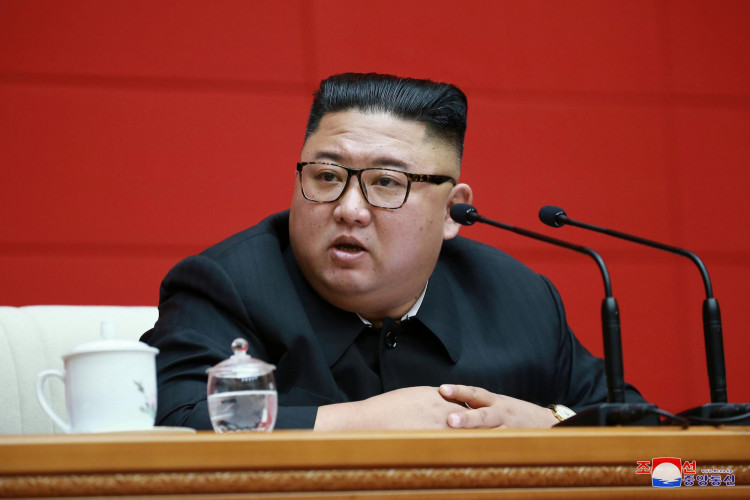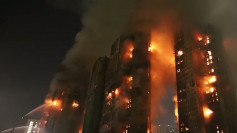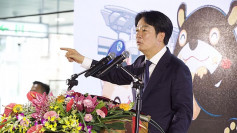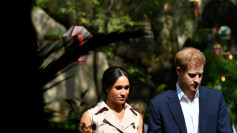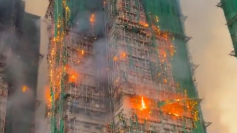A North Korean M1989 Koksan self-propelled howitzer has reportedly been spotted on Russia's front lines in Ukraine, raising concerns about Pyongyang's expanding military support for Moscow. The artillery weapon, capable of firing rocket-assisted shells up to 37 miles, was featured in a video reported by East 2 West News. The footage, though unverified, appears to show the howitzer in a combat setting, potentially in Russia's Kursk region, where intense fighting has been ongoing.
This development comes weeks after reports surfaced of North Korea shipping two Koksan howitzers to Russia. Open-source intelligence geolocated the weapons traveling through Siberia in November, shortly after the U.S. confirmed that Pyongyang had deployed up to 12,000 soldiers to Russia under a defensive treaty signed by Kim Jong Un and Vladimir Putin earlier in the year.
The deployment of North Korean troops and equipment underscores Moscow's reliance on external support as it grapples with significant losses in Ukraine. Ukrainian President Volodymyr Zelenskyy claimed on Sunday that approximately 38,000 Russian and allied soldiers, including nearly 3,800 North Korean troops, have been killed or wounded in the Kursk region since Ukraine launched a counteroffensive in August.
Despite the influx of North Korean troops and artillery, Russia's advances in Kursk have been limited. The Washington-based Institute for the Study of War (ISW) assessed on Monday that Ukrainian forces have achieved "tactical advances amid continued intensified offensive operations" in the area. Ukrainian long-range strikes have reportedly targeted Russian rear areas in Kursk Oblast to disrupt logistics and support ground operations.
While Ukrainian forces have seen success in Kursk, reports indicate a different story in Donetsk. Russian forces claimed on Monday to have captured the frontline town of Kurakhove in the Donbas region. The town's strategic location provides access to supply routes connecting to Zaporizhzhia, which could give Russia a foothold to encircle Ukrainian forces in the area. Ukraine has not confirmed the fall of Kurakhove, with its military focusing on defending other parts of the front line.
The renewed involvement of North Korea in Russia's military efforts has drawn sharp international criticism. Experts have questioned the effectiveness of North Korean troops and equipment, citing reports of operational failures. "Despite the additional troops and weapons, Moscow has seen little success in Kursk following Ukraine's successful counter-invasion," the ISW noted.
Casualty figures remain a contentious topic, with both sides offering conflicting reports. Ukraine's military claimed on Monday that 15,000 Russian soldiers had been killed and 23,000 wounded in Kursk over five months. In contrast, Moscow alleged that 49,000 Ukrainian troops had been killed or wounded, though these numbers have not been independently verified.
The introduction of North Korean artillery and personnel adds a new dimension to the conflict, as the war continues to escalate in intensity. Kim Jong Un's decision to bolster Moscow's efforts follows his summer meeting with Putin, where the two leaders pledged mutual military support.
While the Kursk region remains a focal point, Ukraine's recent offensive operations have reportedly reduced Russian ground attacks in neighboring Kharkiv Oblast. Ukrainian military officials reported fewer Russian advances in northern Kharkiv, thanks in part to their counteroffensive efforts in Kursk.
In addition to North Korean support, Russia's forces have increasingly relied on heavy artillery to push back Ukrainian troops. The ISW noted that Russia conducted limited ground operations toward the city of Kharkiv on Sunday and Monday but made little progress.
